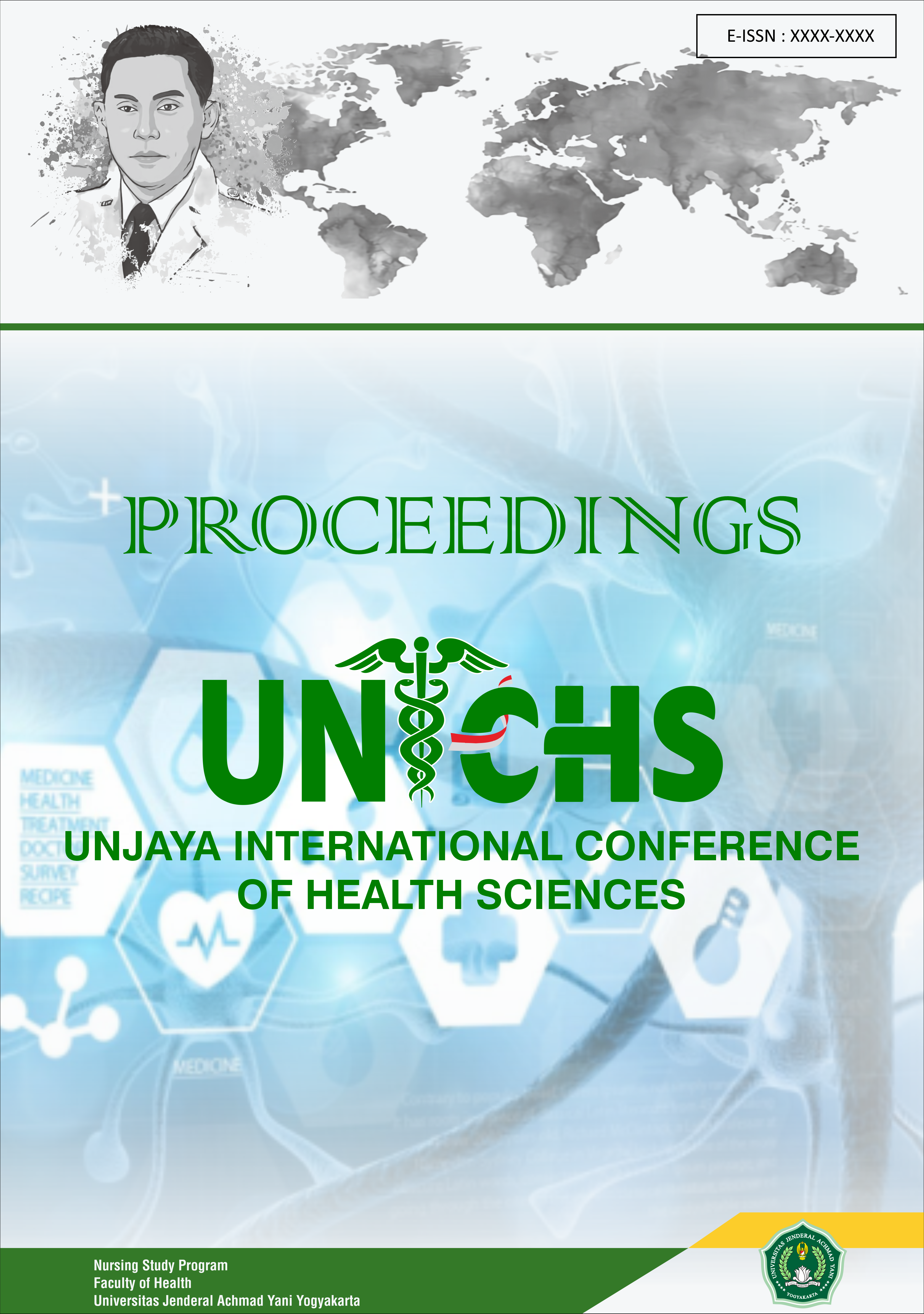The Impact of Stunting on Children's Quality: A Literature Review
Keywords:
Stunting, Quality of Life, Children, Poor Families, Literature ReviewAbstract
Background: Child stunting remains a priority child health issue in many countries, especially in low-income families. Stunting not only affects a child's physical growth, but also has a wide-ranging impact on quality of life, including mental, social, and cognitive development.
Purpose: This study aims to review the quality of life of stunted children in poor family settings through literature reviews from various journals.
Methods: The research method used is a literature review, where relevant journals are selected and analyzed to deepen the understanding of the link between stunting and children's quality of life in poor families.
Results: The study results show that stunted children tend to have a lower quality of life than non-stunted children, especially in physical health, psychological well-being, and social participation. The main causes of the low quality of life of stunted children in poor families include limited access to health services, lack of nutritional intake, and lack of socio-economic support. Based on these results, comprehensive and integrative interventions from the government and related parties are needed to improve the quality of life of stunted children, especially through improving access to nutrition, health services, and education for poor families.
Conclusion: The conclusions of this study emphasize the importance of a multidimensional approach in addressing the impact of stunting on children's quality of life.
References
Al-Mansoob, M. A. K., & Masood, M. S. A. (2018). The Relationship between Stunting and Some Demographic and Socioeconomic Factors among Yemeni Children and Adolescents. Advances in Public Health, 2018, 1–6. https://doi.org/10.1155/2018/5619178
Elmighrabi, N. F., Fleming, C. A. K., & Agho, K. E. (2024). Factors Associated with Childhood Stunting in Four North African Countries: Evidence from Multiple Indicator Cluster Surveys, 2014–2019. Nutrients, 16(4), 473. https://doi.org/10.3390/nu16040473
Jumhur, J. (2024). The effect of economic growth and poverty on stunting in Indonesia. Jurnal Perspektif Pembiayaan Dan Pembangunan Daerah, 11(6), 433–448. https://doi.org/10.22437/ppd.v11i6.26871
Kemenkes. (2018). Mengenal Stunting dan Gizi Buruk. Penyebab, Gejala, Dan Mencegah.
Permenkes. (2020). PERATURAN MENTERI KESEHATAN REPUBLIK INDONESIA.
Rahut, D. B., Mishra, R., & Bera, S. (2024). Geospatial and environmental determinants of stunting, wasting, and underweight: Empirical evidence from rural South and Southeast Asia. Nutrition, 120, 112346. https://doi.org/10.1016/j.nut.2023.112346
Sutarto, Diana Mayasari, & Reni Indriyani. (2018). Stunting, Faktor Resiko dan Pencegahannya. 5(1), 540–545.
Sutrio, S., & Lupiana, M. (2019). Berat Badan dan Panjang Badan Lahir Meningkatkan Kejadian Stunting. Jurnal Kesehatan Metro Sai Wawai, 12(1), 21. https://doi.org/10.26630/jkm.v12i1.1734
UNICEF. (2020). SITUASI ANAK DI 2020 INDONESIA. In United Nations Children’s Fund (UNICEF) (pp. 1–78). UNICEF Indonesia.
Unicef. (2024, June 6). Kemiskinan Pangan Anak: Kekurangan gizi pada anak usia dini. Unicef.
WHO. (2020). World health statistics.
WHO. (2023). Levels and trenhs in child malnutrition.






